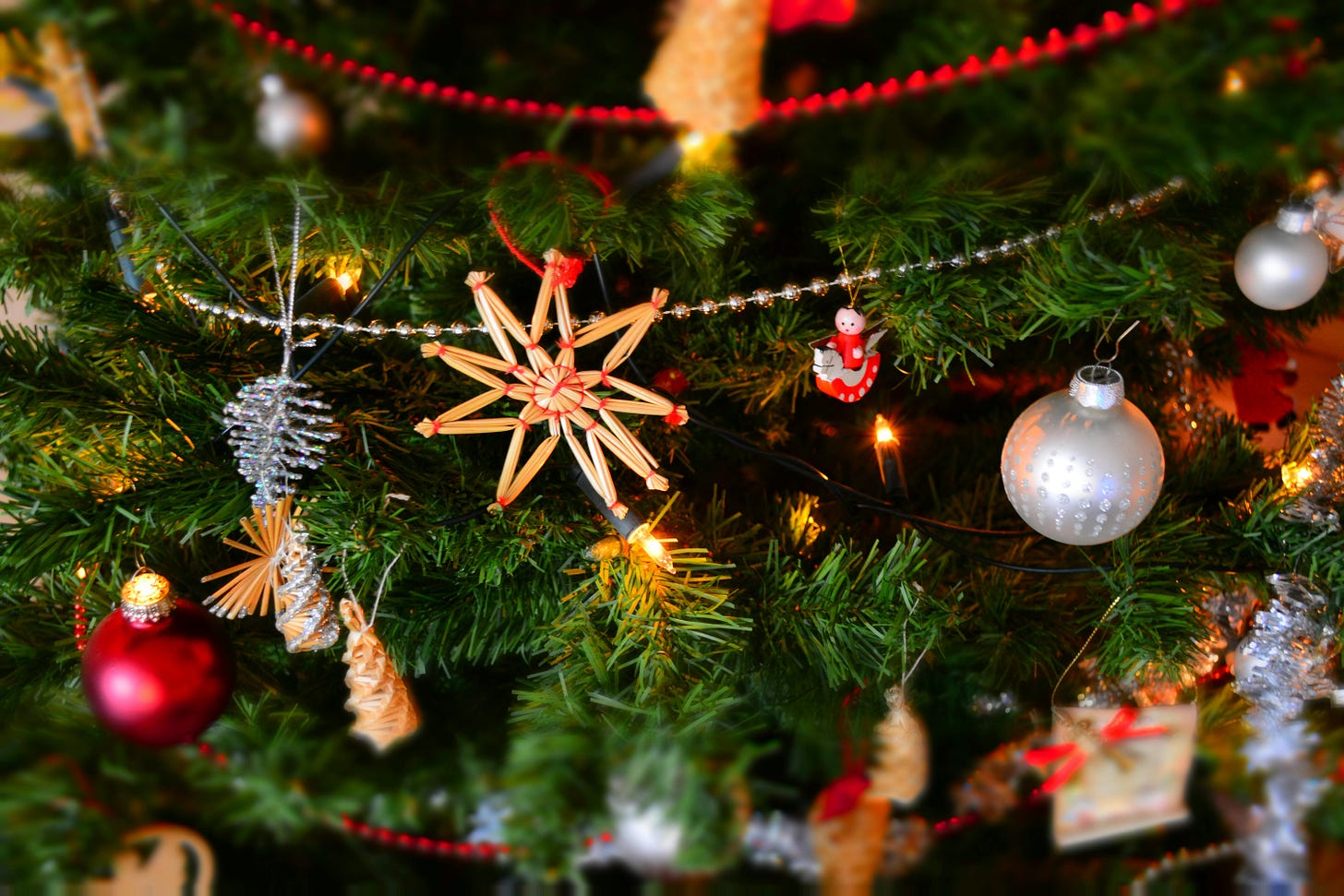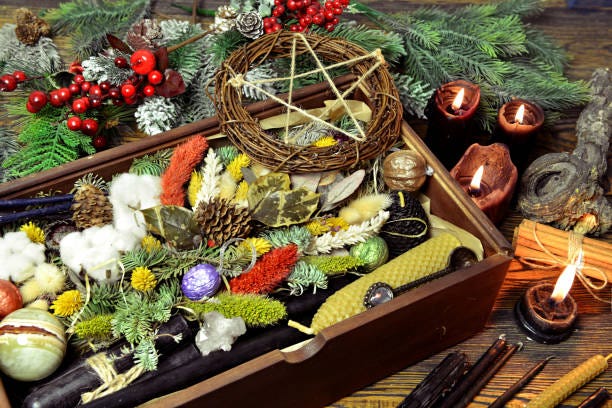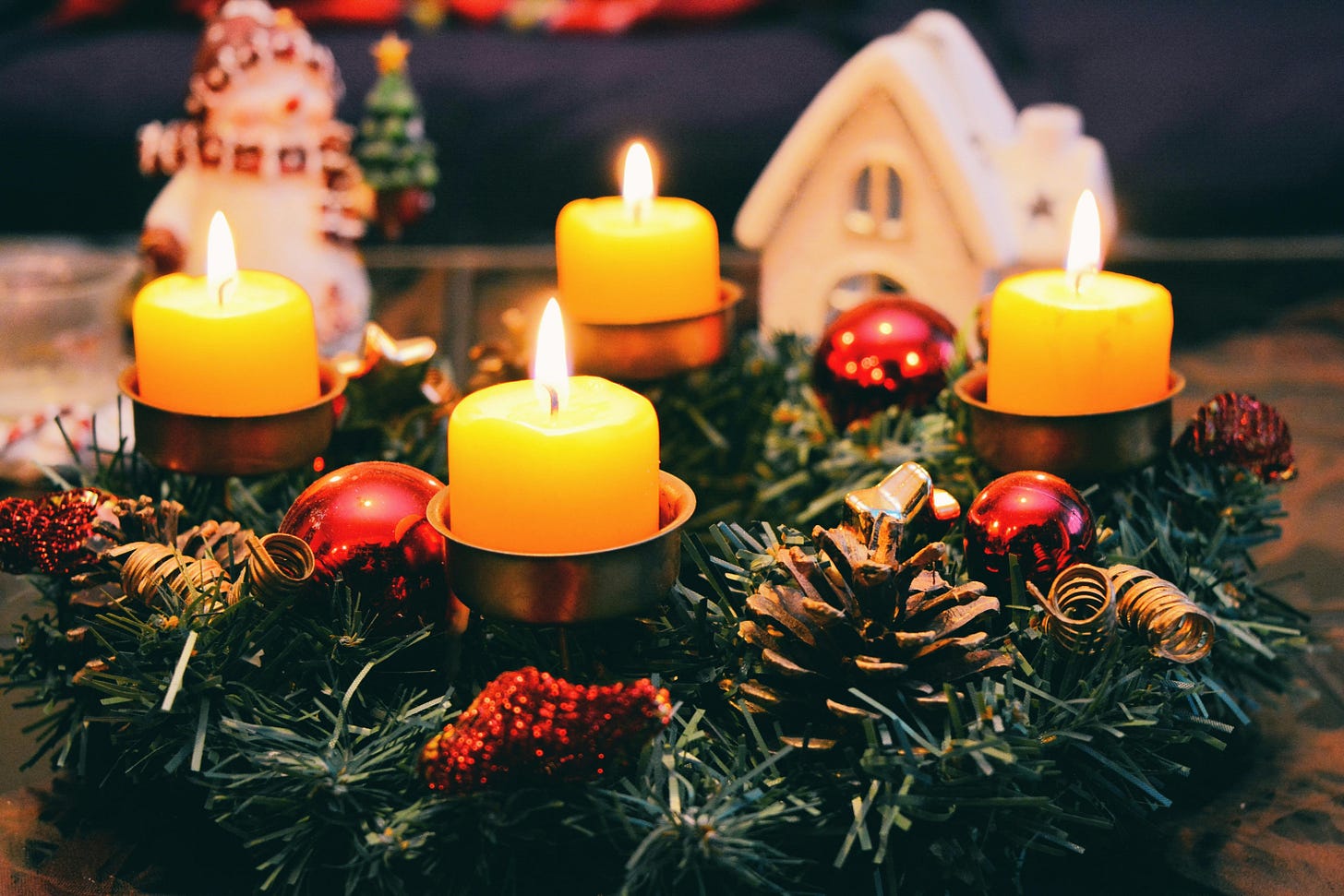Christmas is a holiday that has evolved over centuries, blending religious observances, ancient rituals, and cultural influences from around the world. Today, it is celebrated in diverse ways, with unique traditions reflecting the rich tapestry of global cultures. Let’s explore its history and how different countries and customs have shaped the modern Christmas we know today.
The Ancient Roots of Christmas
Christmas traces its origins to winter solstice festivals held long before the birth of Jesus. These ancient celebrations laid the groundwork for many modern traditions:
• Saturnalia (Rome): The Roman festival of Saturnalia, honoring Saturn, the god of agriculture, involved feasting, gift-giving, and public revelry.
• Yule (Norse and Germanic): Yule celebrated the sun’s rebirth with bonfires, the Yule log, and evergreen decorations to symbolize life during winter’s harshness.
The Christian Church adopted December 25 as the date to celebrate Jesus’ birth in the 4th century, aligning it with these existing festivals to encourage conversion while preserving familiar traditions.
Christmas in the Middle Ages
By the Middle Ages, Christmas became a blend of sacred and secular practices:
• Religious Observances: Churches held Nativity plays and festive services, marking the birth of Christ.
• Communal Festivities: Villages celebrated with feasts, carols, and processions. Greenery such as holly and ivy decorated homes and churches, symbolizing eternal life.
This period also saw the emergence of local customs that continue to influence Christmas celebrations today.
Global Christmas Traditions
Christmas has spread far beyond its Christian origins, with each country and culture adding its unique flavor to the holiday. Here’s how it is celebrated across the world:
1. Europe
• Germany: Known for its Christmas markets (Weihnachtsmärkte), Germany popularized the tradition of decorating Christmas trees. Advent calendars and wreaths also originated here.
• England: Gift-giving, caroling, and festive feasts are central to Christmas. The influence of Charles Dickens’ A Christmas Carol cemented the holiday as a time for family and charity.
• Scandinavia: In Sweden, Norway, and Denmark, Christmas (Jul) includes lighting candles, feasting, and honoring St. Lucia’s Day (December 13) with processions of girls in white dresses and crowns of candles.
2. The Americas
• United States: Christmas blends global traditions, from German-inspired Christmas trees to the English practice of stockings. Santa Claus, based on St. Nicholas and popularized in 19th-century America, is a central figure.
• Mexico: Celebrations include Las Posadas, reenacting Mary and Joseph’s search for shelter, and vibrant Nativity displays. Poinsettias, a native Mexican plant, have become a global Christmas symbol.
• Brazil: With summer weather during Christmas, Brazilians celebrate with barbecues, midnight Mass (Missa do Galo), and folk dances.
3. Asia
• Japan: Christmas is a secular holiday, celebrated with elaborate light displays, gift-giving, and an unusual tradition: eating Kentucky Fried Chicken, popularized by a 1970s marketing campaign.
• Philippines: Known for the world’s longest Christmas season, Filipinos begin celebrations in September. Festivities include the Simbang Gabi novena, vibrant parades, and traditional dishes like lechon (roast pig).
4. Africa
• Ethiopia: Orthodox Christians celebrate Christmas (Gena) on January 7, marked by church services, feasting, and playing traditional games.
• South Africa: Christmas falls in summer, with outdoor feasts, caroling, and festive braais (barbecues).
5. Oceania
• Australia and New Zealand: Christmas coincides with summer, celebrated with beach gatherings, barbecues, and carols by candlelight. Many families decorate their homes with both traditional and native-themed ornaments.
Cultural Influences on Christmas
The diversity of Christmas traditions reflects the rich cultural exchanges that have shaped the holiday:
• German Influence: Christmas trees, gingerbread houses, and Advent traditions originated in Germany before spreading worldwide.
• Dutch Contributions: The figure of Sinterklaas, brought to the U.S. by Dutch settlers, evolved into Santa Claus.
• Scandinavian Customs: Yule logs, wreaths, and the focus on warmth and light during winter come from Norse and Germanic traditions.
• Latin American Influence: Poinsettias, piñatas, and elaborate Nativity scenes showcase the vibrant cultural contributions of Mexico and beyond.
Modern Christmas: A Celebration of Unity
Today, Christmas transcends its religious roots to become a global holiday celebrating family, generosity, and togetherness. Despite the commercialization of the season, many traditions—feasting, gift-giving, and decorating—echo the joy and warmth of its ancient origins.
As people across the globe add their customs to the celebration, Christmas continues to evolve, remaining a holiday that unites cultures in shared hope and joy.
Conclusion
From its ancient roots in solstice festivals to its spread across continents, Christmas is a testament to humanity’s enduring need for connection and light during the darkest time of the year. Whether it’s midnight Mass in Ethiopia, caroling in England, or a beach barbecue in Australia, the diverse ways we celebrate Christmas reflect the holiday’s universal spirit of love, generosity, and joy.






